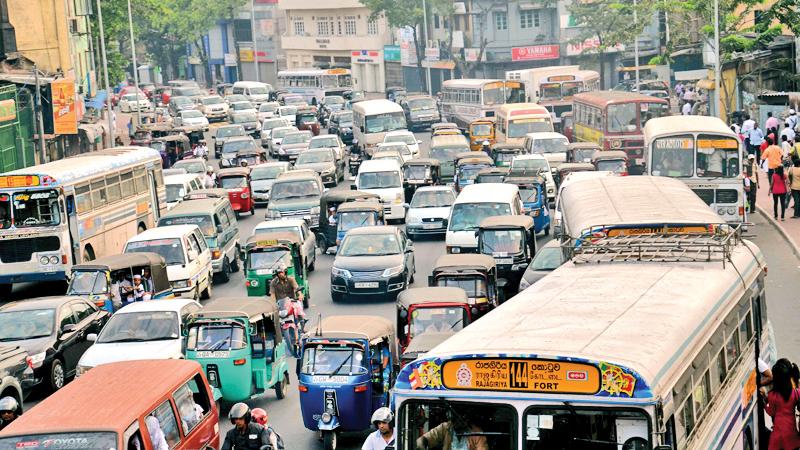
Sri Lanka is among countries that has the slowest roads which indicate the economy is facing obstacles in its development effort, an IMF study showed.
It said the world’s slowest roads are found in poor countries presenting an obstacle to economic development. Sri Lanka has a mean road speed of 50 km/h, which is the same as Bolivia, and above only Bangladesh (41 km/h) and Nicaragua (46 km/h).
Falling in the slowest roads category is also India, which has a mean road speed of 58 km/h, Afghanistan, 57 km/h, Mongolia, 56 km/h, and Indonesia, 55 km/h.
The IMF analysis showed that the world’s fastest roads are found in richer economies including the United States 107 km/h, Portugal 106 km/h, Saudi Arabia 106 km/h, and Canada 106 km/h.
High-speed roads that can carry goods to customers in far-off markets raise productivity, reduce poverty and are an important contributor to sustainable and inclusive economic development. This is why economists spend time trying to assess the state of the world’s roads through surveys and the like.
IMF staff have developed a novel measure of road quality across 162 countries using Google Maps to determine the mean, or average, time it takes to drive between large cities that are at least 80 kilometers (50 miles) apart. As the Chart of the Week shows, the world’s fastest roads are found in richer economies including the United States, Portugal, Saudi Arabia and Canada. The slowest roads are found in the poorest countries—another obstacle to inclusive growth.
Simplicity is a main feature of our score. Average speeds are easy to calculate and simple to monitor frequently. This makes them an inexpensive complement to other connectivity metrics that rely on satellites or surveys. Our research shows that road quality is highly correlated with travel times, the blog stated.
It is difficult to distill road quality into a single statistic. For example, speed does not capture road safety, the availability of alternate forms of transport such as rail, or congestion during peak hours or seasons (when farmers might all take to the roads at once to get their produce to markets). Furthermore, they might not fully capture the engineering challenges of building quality roads in diverse and difficult terrain.
Nonetheless, this simple metric can support policymakers and planners in assessing their road infrastructure relative to peer countries and the value of future road investments. It can also be easily extended to monitor speeds in smaller roads that can be critical for many in rural areas. This can help countries design policies to overcome road bottlenecks and improve their competitiveness by moving people and goods more expeditiously, according to the study.
